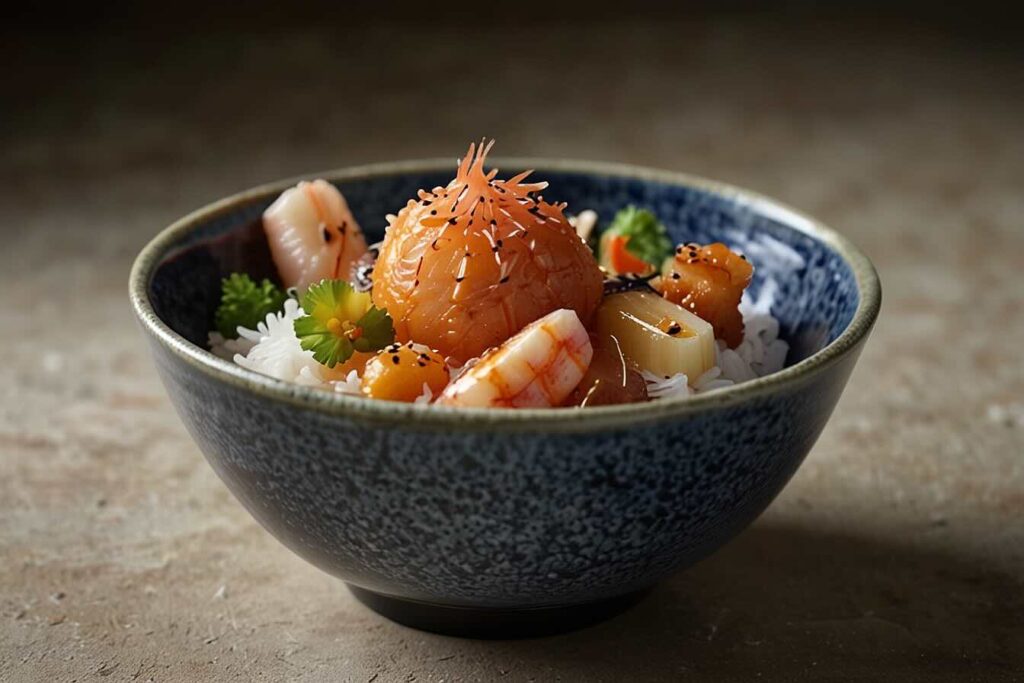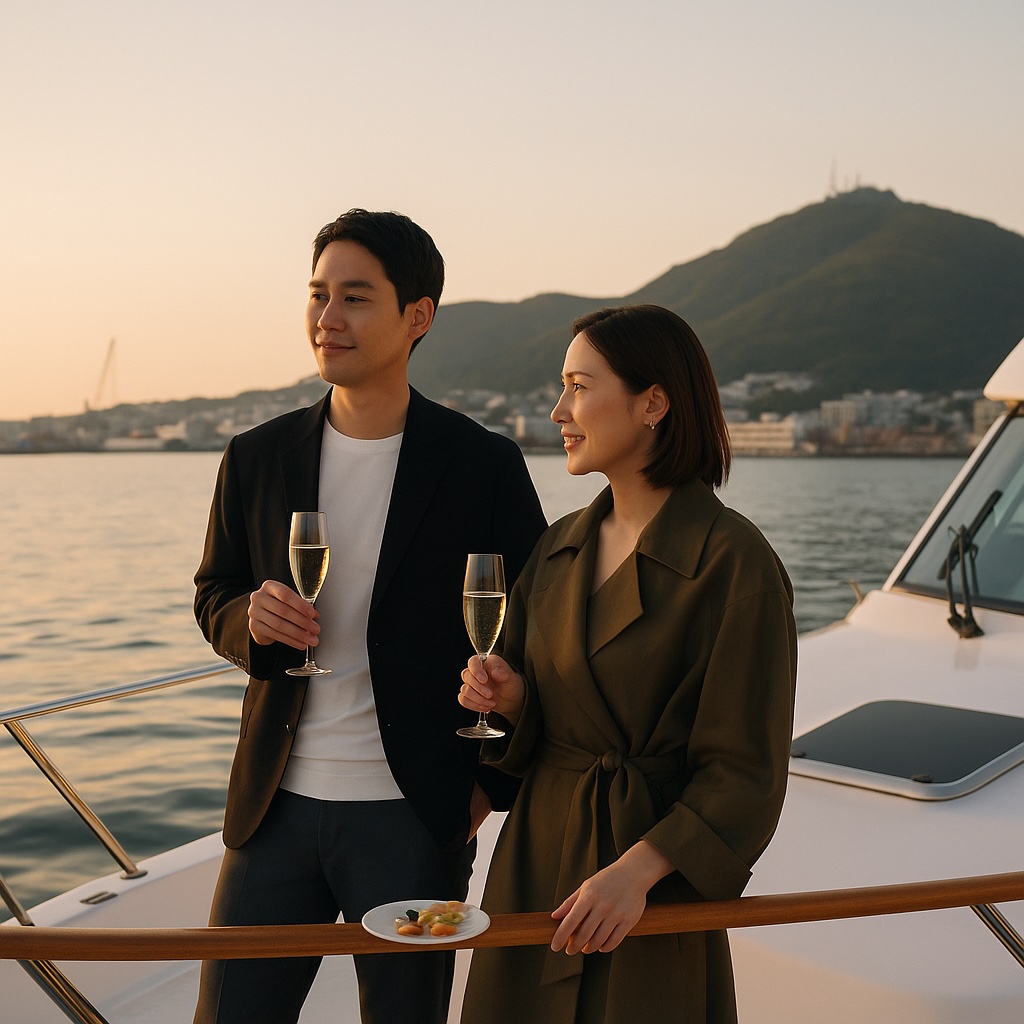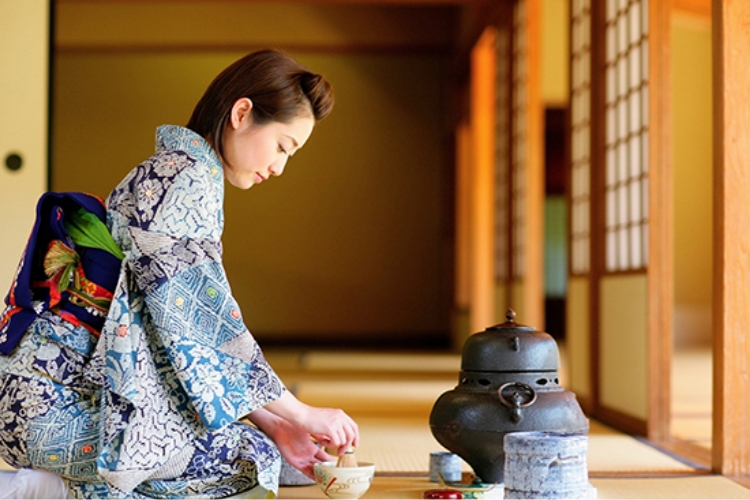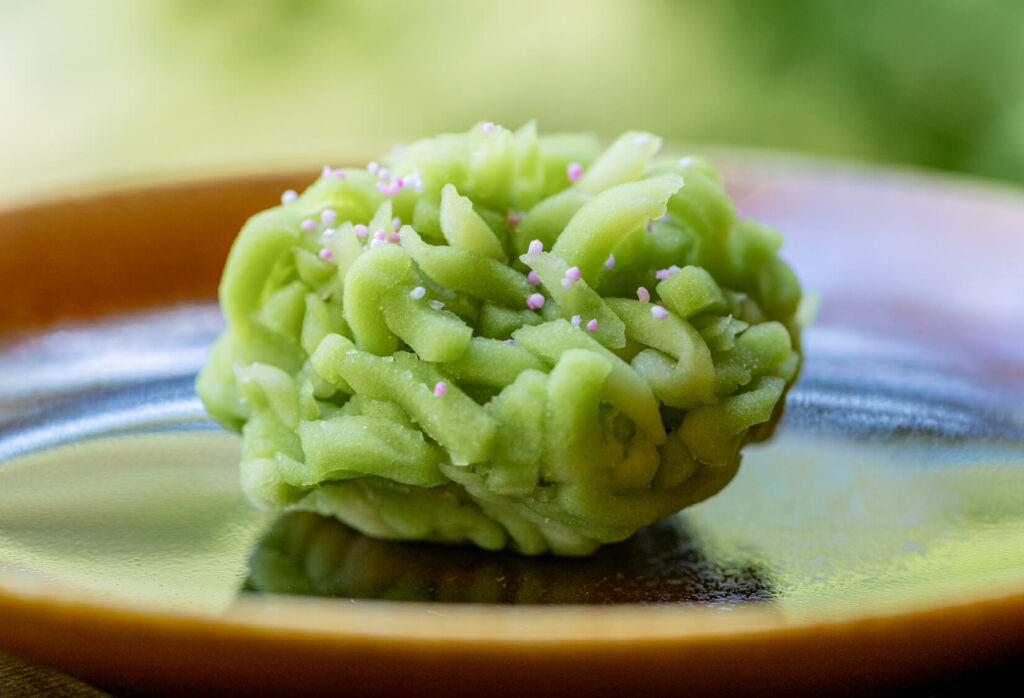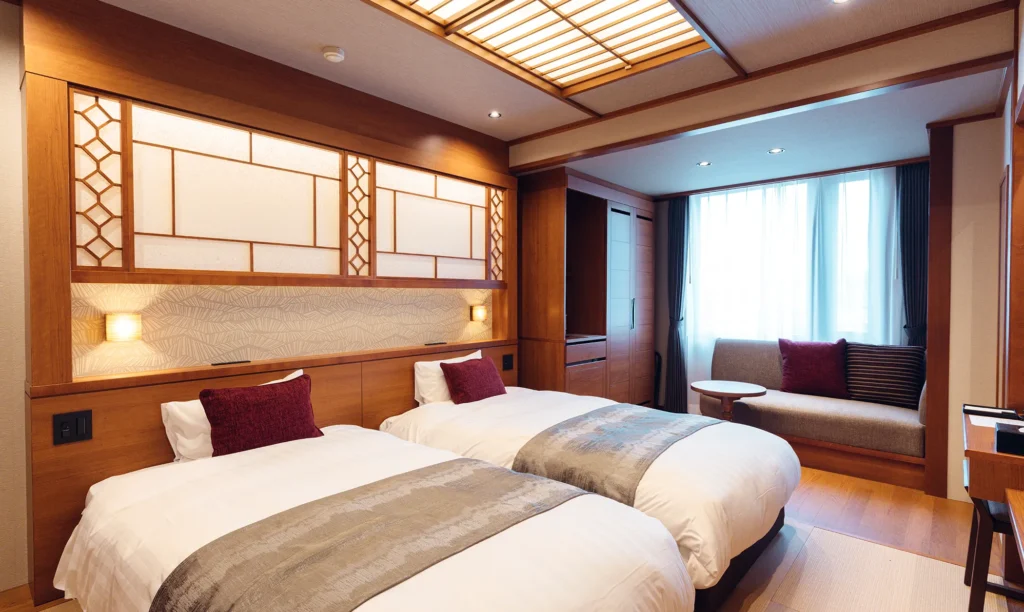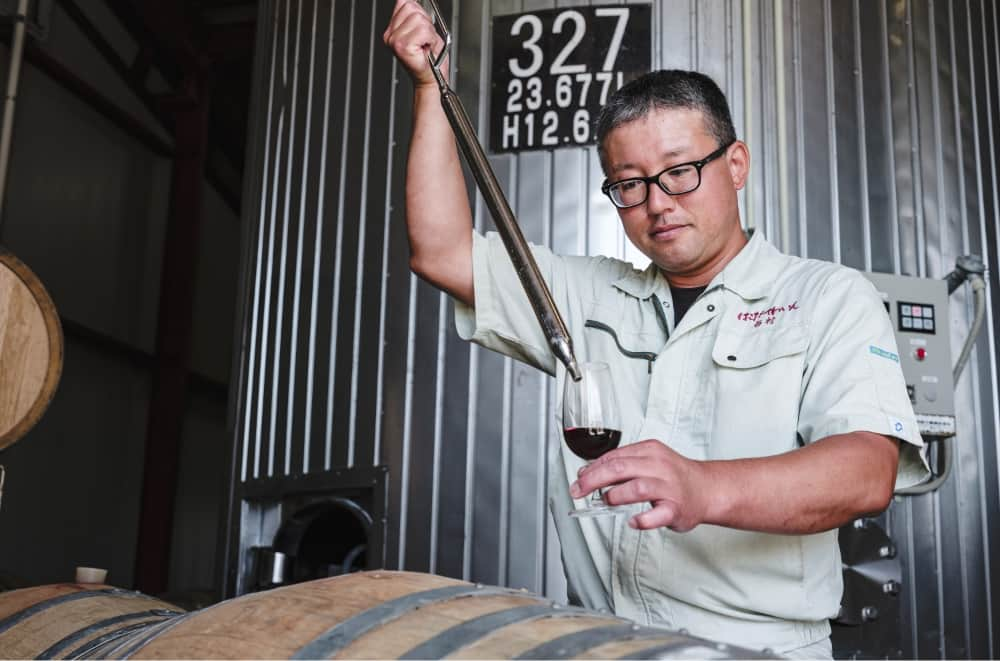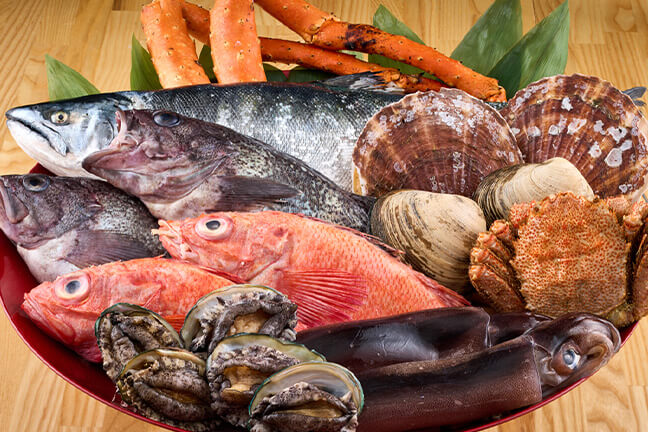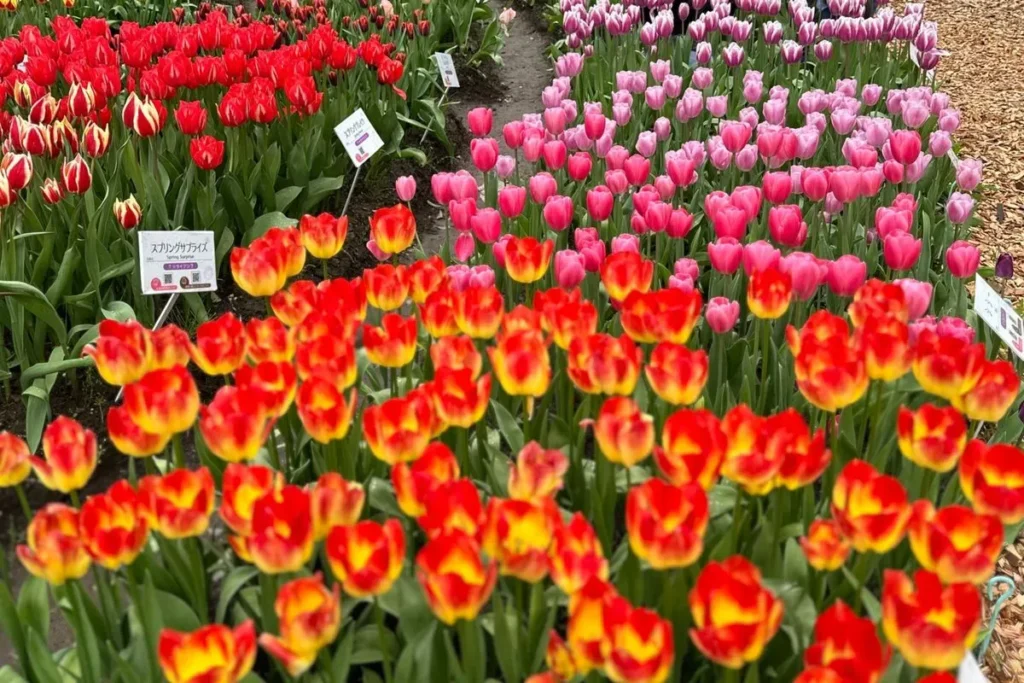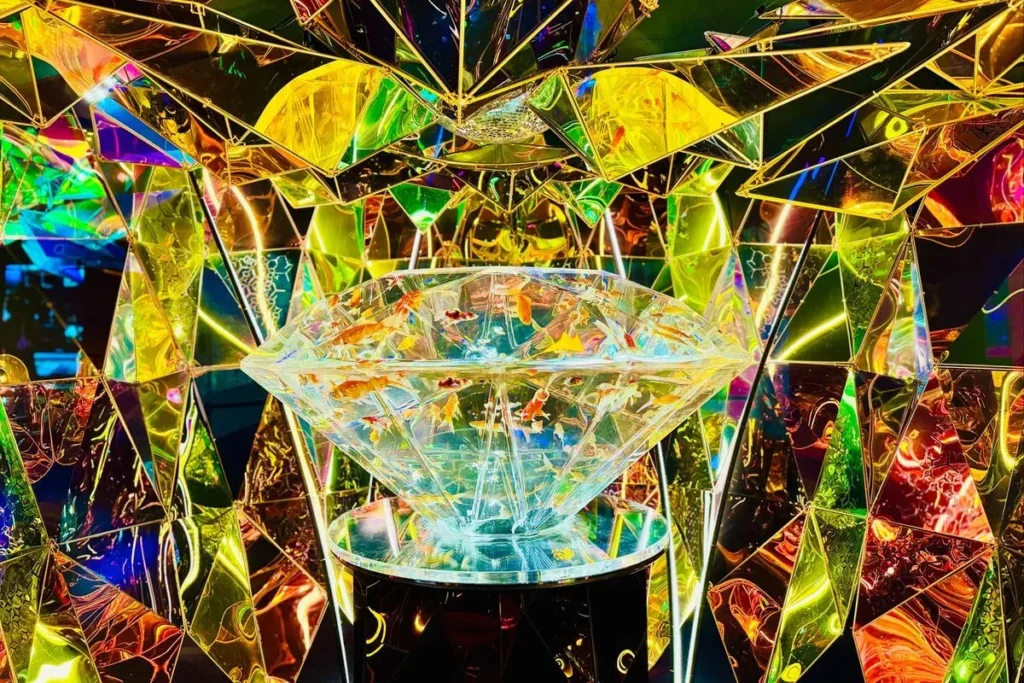Shio-No-Ne
Shio-no-Né Japan > Hokkaido > Hakodate A Seafood Bowl Specialty Shop That Speaks to the Sea Hakodate, Suehiro-cho. When travelers arrive in this port town, the first thing they notice is the scent carried by the wind. The smell of the tide, the breath of the sea, the vibrancy of the port. “Shio no Ne” (The Sound of the Tide) is a small seafood bowl specialty shop that captures the essence of a Hakodate morning in a single bowl. The location is a quiet area just downhill from Motomachi. A modest white wooden sign is displayed on a street that is perfectly distanced from the hustle and bustle of tourist spots. Passing through the noren curtain, you’re welcomed by a counter with eight seats, made from wood that exudes warmth, and two small tables. What echoes in the air are the sounds of knives, dishes being placed, and the quiet enjoyment of meals. The “Now” of the Fishing Port and Market, Captured in a Bowl “That day, that sea, that fish.” This is the only promise that “Shio no Ne” keeps. The shop sources its ingredients every morning by visiting Hakodate port, nearby fixed-net fishing sites, and markets, selecting the best catches with a discerning eye. For example, medium-fat tuna, kombu-marinated sea bream, and live scallops still in their shells. Sometimes, a side-by-side comparison of sea urchin varieties, or translucent shrimp, flounder, and squid. Each fish is carefully placed atop a bed of white vinegar rice, handled with the same hands that fillet it. There are no set menu items. The only constant is the commitment to serve “today’s catch.” Each day’s bowl changes its appearance, as if the sea itself is speaking to you. From One Morning’s “Shio no Ne Bowl” Two kinds of sea urchin: fresh and Nemuro-bafun sea urchin Salted kombu-marinated squid Live scallops with roasted eggplant and dashi jelly Medium-fat tuna with mountain wasabi Kombu-marinated sea bream with karasumi powder The temperature of the white vinegar rice is carefully adjusted to preserve the flavor of the fish. The soy sauce is a homemade blend of several ingredients, used not so much for pouring, but to add an aromatic touch. A Cup of Soup and the Sweet Aftertaste to Close the Bowl Accompanying the bowl is a soup made from Iwa-nori seaweed from Toyohama and white miso. The root vegetables and greens change with the seasons, delivering a fragrant and comforting taste. To softly close the experience of the sea’s aftertaste, a sweet bite follows—salted milk monaka or agar sweets. Each offering has a subtle sweetness, a quiet and fitting bite for a traveler’s morning. No Clamor, No Words—But a Taste that Remains “Shio no Ne” has no flashy theatrics or Instagram-worthy plating. Yet, with each bite, you unmistakably feel the memory of flavors rooted in this land. The owner, after training as a chef in Sapporo, returned to his family’s fishing business, which had been active since his grandfather’s time, and moved to Hakodate. “A bowl is a luxurious dish. In one bowl, you can tell the story of a place.” “Fish communicates even without raising its voice. It reaches you clearly in silence.” A Bowl of the Sea, Close to Your Memory Hakodate, Suehiro-cho “Shio no Ne”—A small shop where you happen to stop by, its quiet morning, and the flavors that remain in your memory. In a place removed from the noise, as you converse with the sea, that single bowl becomes the “memory of the sea” that lingers quietly in your travels. Check out sightseeing spots around Shio-no-ne
